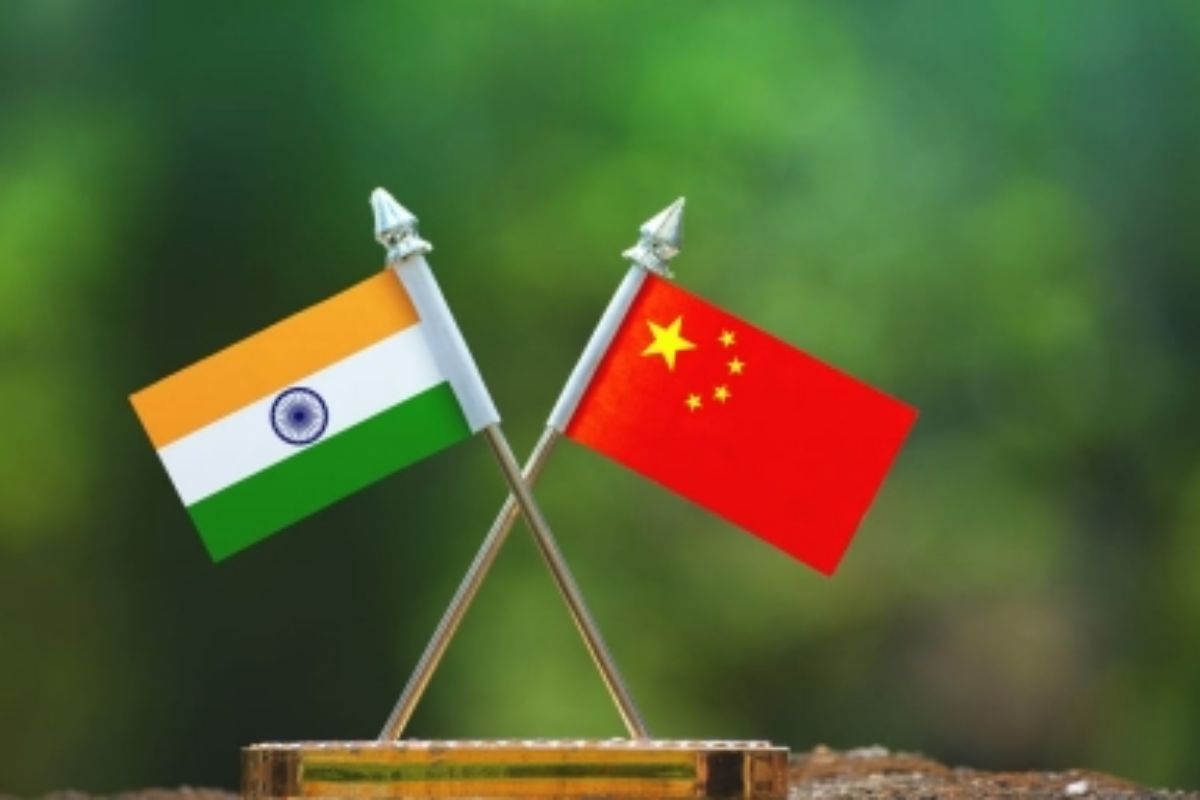The disengagement of Indian and Chinese troops from the Depsang and Demchok areas along the Line of Actual Control (LAC) in eastern Ladakh was completed on Wednesday, bringing an end to days of speculation. Defence sources confirmed that following the disengagement, coordinated patrolling by both sides will commence, and ground commanders are expected to engage in discussions in the coming days.
With troops pulling back to mutually agreed distances from the standoff points, a joint verification of the disengagement is underway. “Disengagement has been completed at Depsang and Demchok, and verification is in progress. Talks will continue at the local commanders’ level, and patrolling is expected to resume soon,” noted a source. Discussions on patrolling procedures will be handled by ground commanders of brigadier rank and below, and a ceremonial exchange of sweets is scheduled for Thursday, Diwali, it was revealed.
Advertisement
The pullback began on October 21, following a series of diplomatic and military talks that led to an agreement between India and China. Earlier, Defence Minister Rajnath Singh had announced that a consensus had been reached to restore normalcy along the LAC, allowing for traditional patrolling and grazing activities in the previously contested areas.
According to Singh, ongoing diplomatic and military dialogues were instrumental in achieving a mutual security consensus that emphasised equal security measures on both sides. This agreement, Singh highlighted, underscores the strength of continuous dialogue and collaboration between the two nations.
Under the accord, both countries will resume coordinated patrols with a set number of personnel and designated protocols aimed at reducing miscommunication and avoiding confrontations. Patrol units will notify each other before movement, ensuring effective monitoring without further face-offs.
Relations between India and China have been strained since the violent clash in the Galwan Valley on June 15, 2020, when 20 Indian soldiers died while resisting a Chinese offensive. The incident, which also resulted in casualties among Chinese troops, marked a critical moment in bilateral relations, leading to heightened border tensions that this disengagement seeks to alleviate











